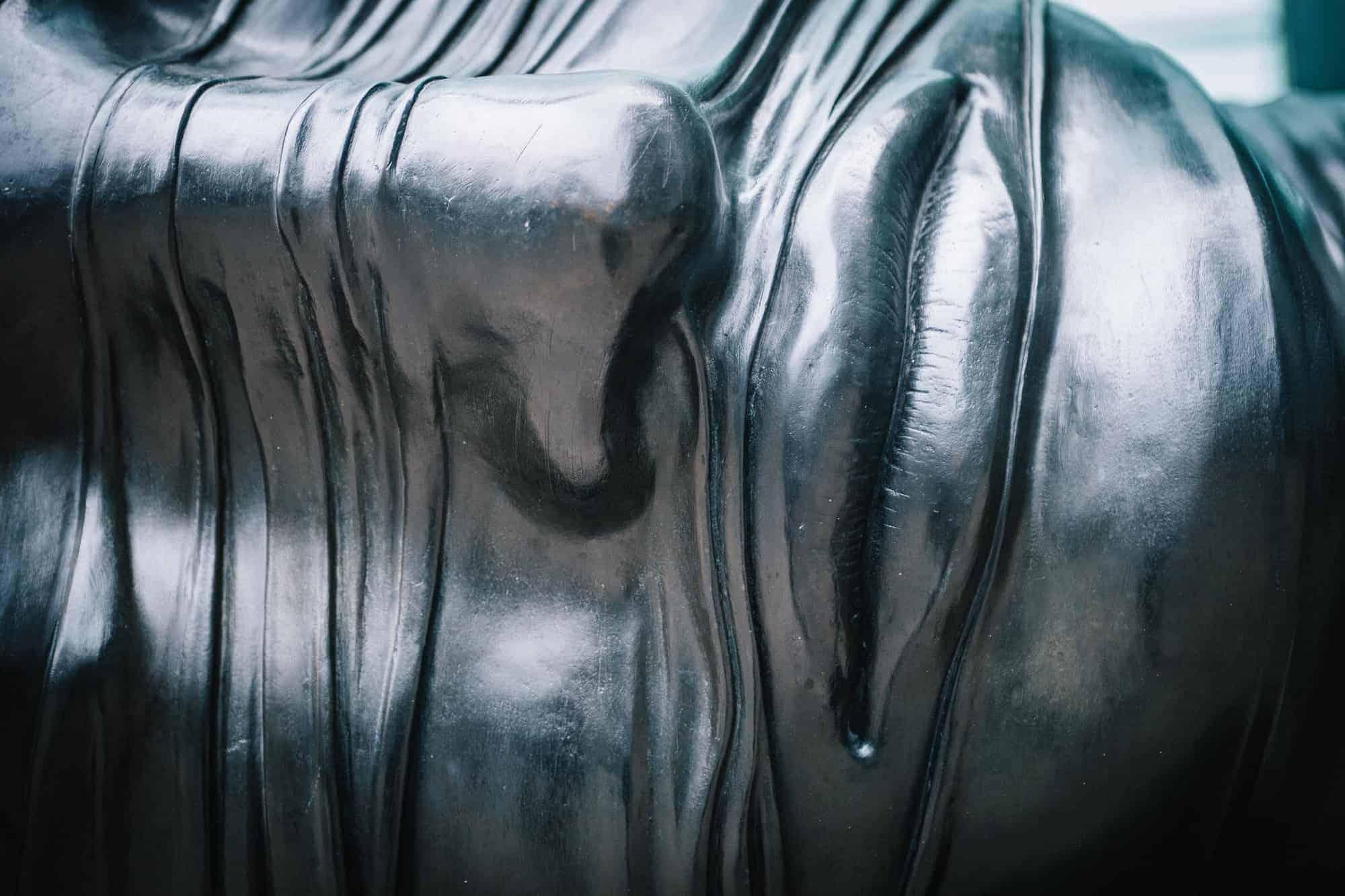One of the most fascinating chemical experiments is the reaction between silver nitrate and copper wire in water. Characterised by fractal-like precipitates, this experiment is a stunning example of a simple redox reaction.
When you place a copper wire into a solution of silver nitrate and water, crystals begin to appear. These grow on the copper and form a crystallised structure. But before we get in to why this happens, we must first take a look at the components involved.
What is Silver Nitrate?
Silver nitrate is a caustic chemical compound with the formula AgNO3. Interestingly, it was previously known as lunar caustic by ancient alchemists who associated silver with the moon.
Silver nitrate is highly soluble in water and other solvents. It is also less sensitive to light than its silver halide relatives, and is made by dissolving large amounts of silver in nitric acid.

Even though silver nitrate is poisonous if ingested, it has a variety of applications in medicine where it is used for its antiseptic properties. Silver nitrate is also used as the forerunner in most silver compounds, including those used in photography.
What is Copper?
Copper (Cu) is one of the only metals that doesn’t require extraction from an ore. This is because its natural form is directly usable.
Copper has weak metallic bonds, which is why it is one of the more ductile metals. While copper is known for its reddish colour, it is also recognised for its green pigment - think of the Statue of Liberty, for example.
This green layer is actually a protective coating known as patina. It forms when copper has been exposed to air for a long period of time, and provides protection against further corrosion.
The Reaction
When a copper wire is introduced into an aqueous silver nitrate solution, a single replacement reaction occurs. This is when two elements in a reaction swap places, one replacing the other. This is a type of redox reaction.
At the beginning of the experiment, the pure elemental form of copper (Cu) is oxidised by the silver nitrate solution. This means that it loses electrons and forms copper ions. These ions replace the silver ions that are present in the aqueous silver nitrate solution to form a new compound: copper nitrate.
Meanwhile, the opposite process happens to the silver nitrate. Rather than losing electrons, the silver ions in the nitrate solution gain electrons as they undergo reduction. This changes them into their elemental form (Ag) which replaces the elemental copper. This reaction is also known as a redox reaction, and we can express it in the following way:
Copper Metal (Cu) + Silver Nitrate (AgNO3) = Silver Metal (Ag) + Copper Nitrate (CuNO3)
Outcome
As the silver nitrate is converted into its elemental form, the deposits of silver coat the surface of the copper wire where they continue to accumulate over time. This forms a captivating crystalline structure around the wire.
Sometimes, the crystal-like precipitates are later separated from the copper and used in pieces of fractal artwork.
The solution at the end of the experiment is a characteristic blue colour. This is because of the presence of copper nitrate, which appears blue because of its ability to absorb the white light that passes through a solution. This happens with most transition metals.
Check out the video below which demonstrates how this reaction occurs:


